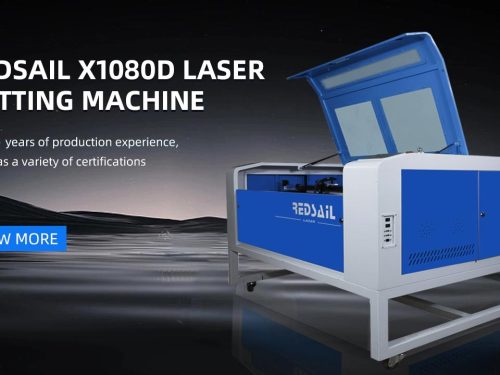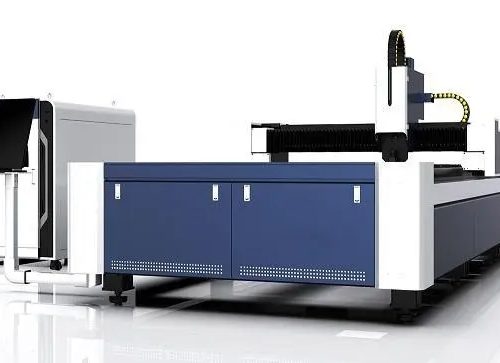
In the process of laser cutting, there are requirements for the roughness of laser cutting, especially for the workpieces of medium and thick plates. If you do not pay attention during the cutting process, it is likely to cause cutting errors. In general, the roughness of the cutting surface of the laser cutting machine must be controlled.
So how to control it? For laser cutting of plates with a thickness of more than 2mm, the distribution of the roughness of the cutting surface is uneven and varies greatly along the thickness direction. Its change has two significant characteristics:
1) The morphology of the cutting surface is divided into two distinct parts, the upper surface is flat and smooth, the cutting stripes are neat and dense, and the roughness value is small; The lower cutting stripes are disordered, the surface is uneven, and the roughness value is large. The upper part is characterized by the direct action of laser beam, and the lower part is characterized by the erosion of molten metal.
2) The surface roughness in the upper area of the cutting surface is generally uniform and does not change with height; The surface roughness of the lower region changes with the height. The closer the lower edge is, the greater the surface roughness value is, and the greater the surface roughness at the lower edge is. Whether it is continuous laser cutting machine or pulse laser cutting, the cutting surface shows obvious upper and lower parts. The difference is that the cutting stripes on the upper part of the pulse laser cutting surface have a corresponding relationship with the pulse frequency: the higher the frequency is, the finer the stripes are, and the higher the surface roughness is. The cutting stripe density and surface roughness on the upper part of the cutting surface during continuous laser cutting are mainly related to the cutting speed.
Therefore, the surface roughness of the lower edge shall be taken as the benchmark when evaluating the quality of the cutting surface. But the real lower edge is only a line, and the roughness is difficult to measure. It can be replaced by the roughness near the lower edge, which is called “the roughness near the lower edge”.










